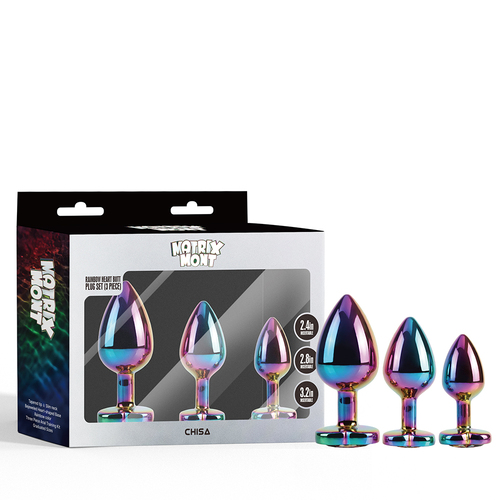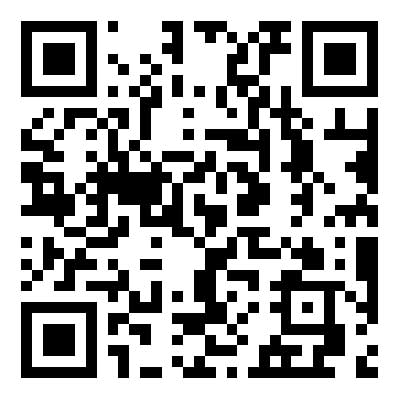How to keep ANSI Socket Meter intact
2025-06-05
To keep an ANSI Socket Meter intact and functioning properly, follow these maintenance and protection best practices:
1. Proper Installation
Ensure the meter is installed by a qualified technician.
Use the correct ANSI socket standard (usually ANSI C12.7).
Secure all connections firmly to avoid arcing or looseness.
2. Weather Protection
Use a weatherproof enclosure if installed outdoors.
Keep it away from direct water exposure and ensure proper drainage around the base.
Protect from UV rays to prevent plastic parts from becoming brittle.
3. Electrical Safety
Avoid overloading the circuit.
Protect against surge voltage (e.g., from lightning) by installing surge protection devices upstream.
Keep grounding and bonding intact.
4. Physical Security
Prevent unauthorized access with:
Lockable enclosures or meter boxes.
Tamper-evident seals.
Avoid exposure to vandalism or impact from vehicles or heavy objects.
5. Routine Inspection
Check periodically for:
Cracks or discoloration in the socket or meter body.
Signs of corrosion or burn marks.
Loose or damaged terminals.

6. Avoid Unnecessary Removal
Don’t remove or replace the meter frequently unless needed for calibration or service.
Always disconnect power safely before removal.
7. Environmental Monitoring
Keep the meter away from areas with:
Excessive dust, dirt, or moisture.
High vibrations (e.g., near compressors or industrial machines).
8. Calibration and Servicing
Calibrate as per the manufacturer’s or utility’s schedule.
Use only authorized tools and certified personnel for service or upgrades.
By following these guidelines, you’ll help ensure your ANSI socket meter remains accurate, safe, and long-lasting. Let me know if you want specific standards or manuals (e.g., ANSI C12.7 or utility-specific guidelines).
If you are interested in our products or have any questions, please feel free to contact us.


